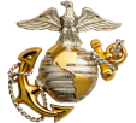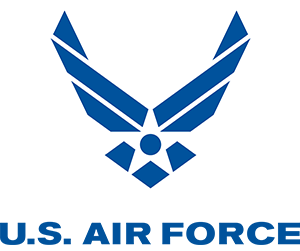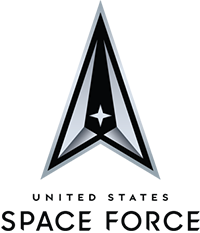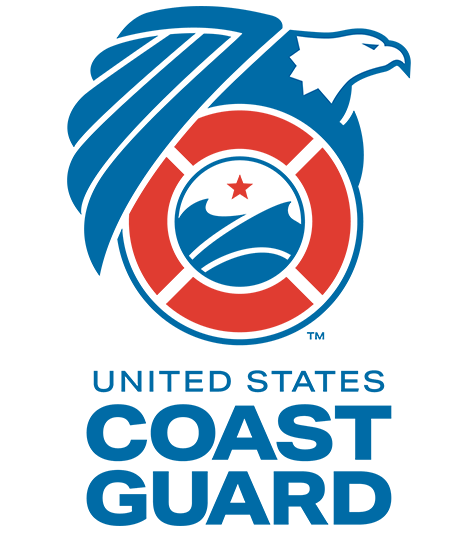
"I’m a third-generation Navy pilot. I certainly felt like I was part of the Navy growing up, even as a child…"
James Waddell
Lieutenant Commander | Navy
His dad was a Navy pilot, and James always felt a strong connection to the Military. Still, his family never pressured him to join. He knew he was passionate about the Military but decided after high school that attending college would be his next step. He attended Texas Tech, majored in political science and history and graduated with honors.
“I finally came down to the point where I needed to start making career decisions, whether I wanted to go to grad school or not. Kind of a ‘what else am I going to do with my life?’ I realized I could still be a pilot. I was an aviation aficionado — and it was still an interest to me.”
James was selected for Navy Officer Candidate School after college — an intense 12-week immersion program designed to prepare an individual to assume the responsibilities of a Navy officer. Although James had been around the Military and military procedures all his life, some days during his training he found himself questioning what exactly it was he was doing.
“You’re like, OK, if my clothes are folded eight inches [high] instead of six inches, who cares? But what they’re teaching is attention to detail. Which [later] could be the difference on landing an aircraft on a carrier, where you only have a couple of inches to play with.”
James knew that he was in school to become an officer and a leader in the Military. And he knew his training wasn’t going to stop with Officer Candidate School.
“Once you are done with OCS … you’re not done with training by any means. In fact, in the Military, you never are. There is always something more. For me, that was most evident going into the field I did — the pilot program.”
Taking Flight for Italy
After Officer Candidate School, James went to Aviation Pre-flight Indoctrination, which was essentially a few months of aviation-related academics. James had classes in engineering, aeronautics, even classes in weather patterns. He then underwent nine months of intensive training in a two-person plane (one instructor, one student). James’ first assignment took him to Sigonella, Italy, and he has been traveling the world ever since.
“[So far], my career as a naval aviator has taken me to no less than 30 countries.”
James’ missions are varied, and one day is never like another. His primary operational aircraft is the P-3 Orion, which can be used to conduct traditional maritime duties, such as anti-submarine, anti-ship and anti-piracy operations. It is also used for counter-drug operations, battle group support and search-and-rescue missions. But this is just one of the many aircraft James has flown throughout his career.
“The T-34 is my favorite to fly. It is an incredibly aerobatic and maneuverable platform, and it is a great trainer for students.”
Currently, James is a lieutenant commander — a rank at which an officer begins to take on more responsibilities in terms of planning and operations. In naval aviation, this is also the rank where one can become a department head. Typically, a department head will lead a handful of junior officers, as well as anywhere from a few dozen to a hundred or more enlisted personnel. Oftentimes, former department head officers will go on to many “joint” jobs, which could include working at the Pentagon.
"The beauty of naval aviation is that you never know where on the map it is going to take you."











